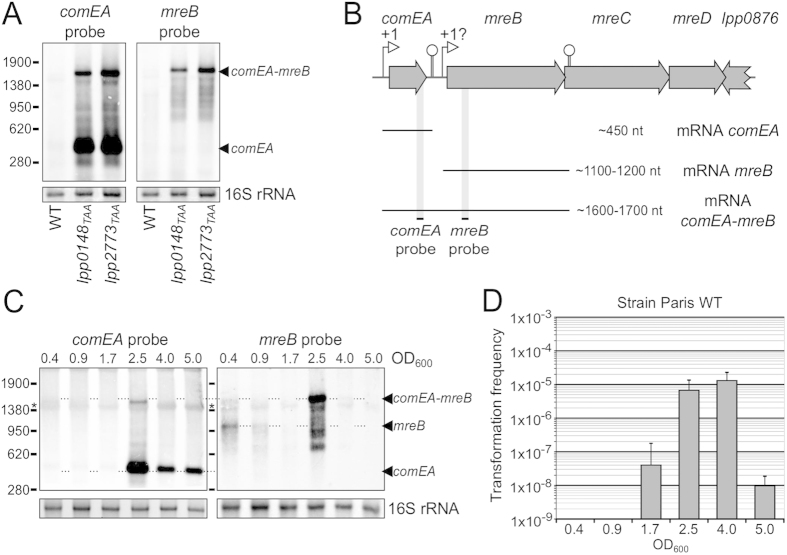Figure 1. mreB is induced and expressed as a bicistronic mRNA during competence.
(A) Northern-blot analyses of comEA and mreB expression in the Paris wild-type strain and in the constitutively competent mutants lpp0148TAA and lpp2773TAA. (B) Schematic representation of the comEA-mreBCD locus in the Paris wild-type strain. Experimentally determined and annotated promoters and terminators are indicated by an open arrow and a stem-loop structure, respectively. The interrogation mark above the promoter of mreB indicates that the transcription start site is not precisely known. The different mRNAs produced in this region are represented by thin lines and their sizes are indicated. The black dashes and shadows show the localisation of the probes used in Northern-blot experiments. (C) Northern-blot analyses of comEA and mreB expression in the Paris wild-type strain during growth at 30 °C. The optical density at 600 nm (OD600) of the collected samples is indicated above the corresponding lanes. Ethidium-bromide staining of 16S ribosomal RNA was used to ensure that equal amounts of total RNA were loaded in each lane. The length in nucleotides and the position of the RNA ladder bands are shown on the left. The star (*) indicates non-specific binding of the Northern-blot probes on the abundant 16S rRNA transcript. (D) Determination of the transformation frequency in the Paris wild-type strain during growth at 30 °C. At different OD600 during growth, bacteria were exposed to transforming DNA for 30 minutes and then plated on selective and non-selective media. The transformation frequency is the ratio of the number of CFUs counted on selective medium divided by the number of CFUs counted on non-selective medium. At OD600 lower than 1.7, transformation frequency were below the detection limit (<1.10−09). Transformation experiments in the absence of DNA never gave rise to transformants or spontaneous resistant mutants.

